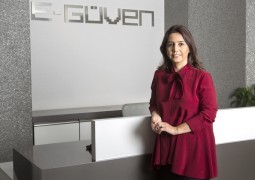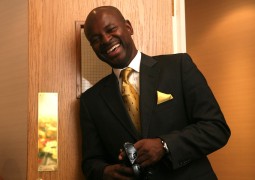Future of Design and Autodesk – Callan Carpenter
by 0
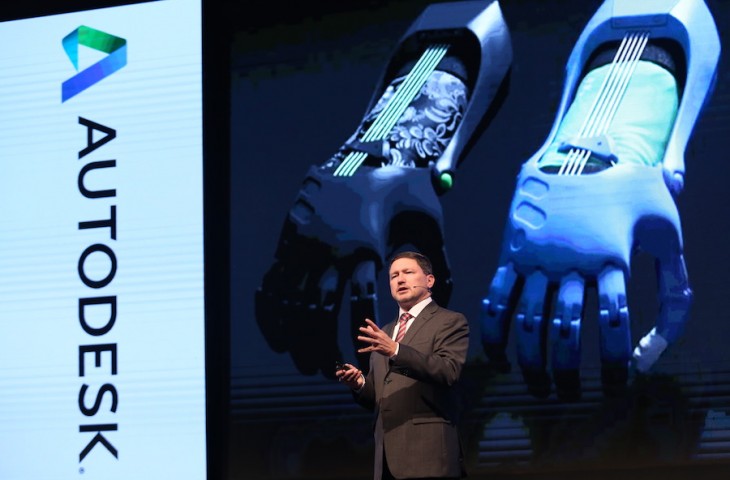
We had a nice interview with Callan Carpenter Autodesk Vice President world wide major accounts.
Welcome, Mr. Carpenter.
Thank you. Very happy to be here.
My first question is, what is the target market of Autodesk?
Autodesk works in many different markets. But we have three primary industries that we serve. We serve the architectural engineering construction industry. That is the industry that builds things. Buildings, highways, infrastructure. We serve the mechanical world, the manufactural world so factory design and things that are designing buildings inside the plants. Such as automobiles and industry equipment. And in finally, we serve the film and game, the entertainment industry. We provide software that use to route that industry for visual effects and another aspect of creating movies, commercials, tv shows, and games.
Could you give us some samples about these movies sectors?
In fact, almost any movie that has visual effects is guarantee the view source software at some point. For the last many many years, every nominee for the special effects Oscar, for the best special effects has been an Autodesk user. So whether ‘Toy Story,’ ‘Gravity,’ ‘Avatar’ or ‘The Lord Rings’ movies, all of those used Autodesk software.
Exiting!
Now, how Autodesk adopt itself to the future? How can you move in the future?
We are managed by CEO Carl Bass who believes very much in the philosophy that only the paranoids survive. What we mean by that is you have to be actively aware that the things you do today may be replaced by new technologies, new developments. And we founded 34 years ago with the birth of the personal computer. The personal computer came on the scene in the early 1980s.
Our founders had the foresight to recognize that this was going to change the cost equation for computing. And by lowering the cost of computing so dramatically, it could be made available for so much more people to do so many more things.
Before that we had mainframes, we’d have many computers; only companies could afford this. But now, any house could have a computer. What possibilities is that create and we created a whole business on this discontinuity between the old way compute and the new way compute. Here we are 34 years later, and we have a cloud.
Cloud computing is the next big discontinuity in the cost of computing. If we’re not paranoid about this opportunity meaning if we’re not willing to cannibalize our own business to take advantage of new technology someone else will cannibalize us instead. So this is how we think about the future. The future is full of disruptive technology. Disruption can be a risk or threats, or it can be a fantastic opportunity. For us, we choose to look at it as a chance.
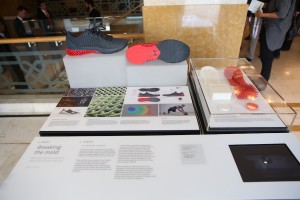
Could you tell us what kind of disruptive technologies do you think is waiting for us?
There are many technologies that we believe are changing the way of products and buildings and even games and movies will be designed, manufactured and even the way we are expecting to be used on experience that we will get.
I will just give a couple of examples.
In the design world, a generative design is an idea that I have algorithms that I can describe a problem to the computer, I can put constraints on the problem, I can set objectives. For example, I might have a heat exchanger that needs to have a certain weight and exchange energy at a certain rate. I can give that to this generative algorithms, and they can design solutions by exploring thousands and thousands of possibilities. Why?
Because we have cloud computing and I can bring ten thousand CPUs online like that, and I can explore solution space in a way I never could have before as an individual engineer. So design will be dramatically impacted by this ability to leverage the computer as a partner and design process to generative design.
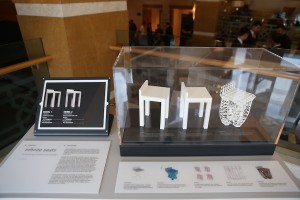
Manufacturing, many new technologies are impacting manufacturing. We’ve course have micro-factories. We have advanced materials like composites. But we also see one it is very very interesting to us, and that’s additive manufacturing.
The most common not the only kind of additive manufacturing but the most common that people think about this 3D printing. 3D printing is becoming more and more capable every year. We don’t mean printing plastic toys; we mean industrials things 3D printing in metals like aluminum, steel and so on. Being able to 3D print, very large structures. There are companies in China; they can 3D print a house now. Very disruptive technologies bring all kinds of interesting possibilities for flexibility as well as customize ability to the manufacturing world.
And in finally in the area of how products used and experience we have from them.
Products are getting smart. They have embedded microprocessors, embedded software. They have sensors. And of course, they are wirelessly connected to each other, to the internet. And this allows products to get smarter over time. Automobiles that have transmissions that learn the way you drive and adjust themselves to that are a good example. Many many ways to this internet of things are going to drive a whole new set of experiences from the products that we buy, those buildings we live in, the cars we drive.
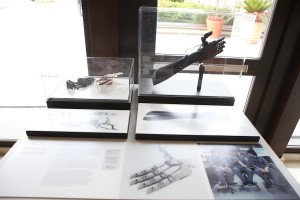
One last question just quick. Is it possible to produce all human body parts with 3D printers?
I don’t think it is possible today but indeed a fascinating area of researches biological science. And I think that will be one of the next big frontiers is how we will use our design technologies to design biological systems and how we will learn from biological systems how to design manufacture things.
But we are seeing some pretty incredible things that are literally printing today. We know that simple organs like bladders have been successfully 3D printed. We are aware that living viruses have been 3D printed from a simple digital file. And there are many researchers today out there who are looking at how to print more complex body parts.
So, that we can address diseases that we can prove the quality of life. Whether we ever 3D print a whole person, I am not so sure I can comment on that.
Thank you very much.
I thank you.
Please feel free to watch below video interview with Callan Carpenter, Autodesk Vice President world wide major accounts.


